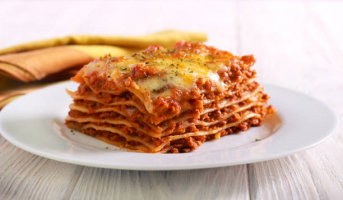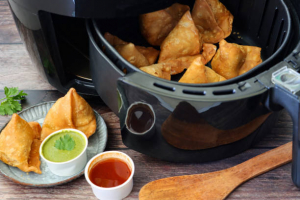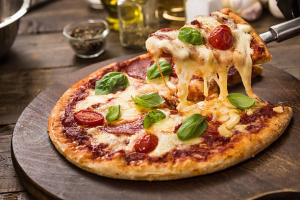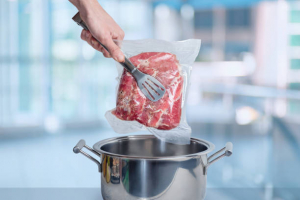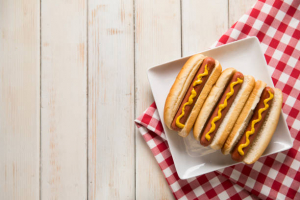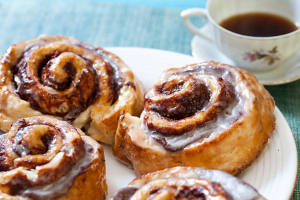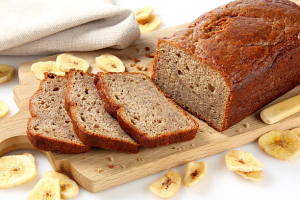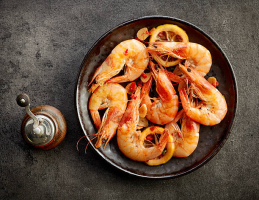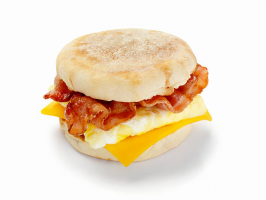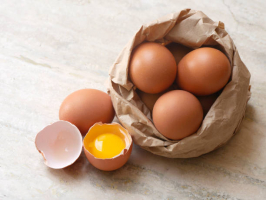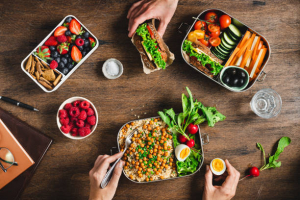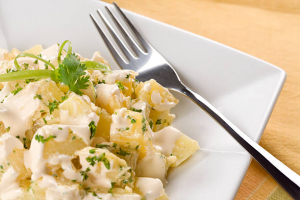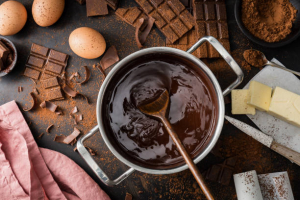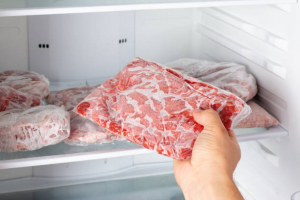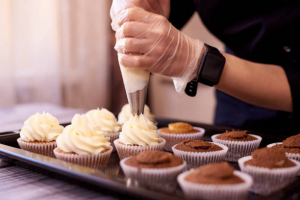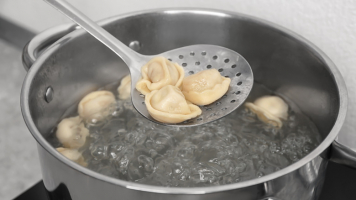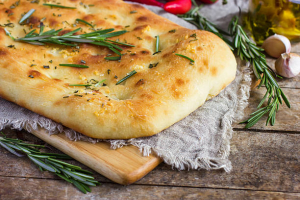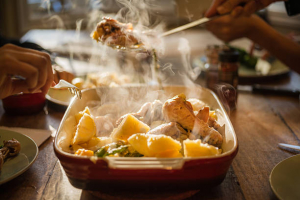Top 13 Biggest Mistakes Everyone Makes with Steak
Given the price of truly excellent prime steak, it can be intimidating to prepare the ideal charred on the outside, tender and juicy on the inside steak in a ... read more...home kitchen. When arranging a grilling session, it's crucial to get the steak just perfect because it can be so indulgent. This process begins with the choice of meat. The most frequent mistakes people make when preparing steak are listed below.
-
The first error is thinking that getting a "steak" is an easy endeavor! There are various categories into which steaks can be divided, and each one has distinctive qualities. The cut, or what muscle you're cooking, is the first distinctive characteristic. More delicious, marbled cuts like ribeye or New York strip will be more tolerant of overcooking than cuts like filet mignon, which are tender and contain less fat. Some, like flank or skirt steak, do best when marinated, grilled, and then thinly cut against the grain to lessen chewiness (via The Spruce Eats).
Several USDA-grade shields are available for steaks, with Prime having the most marbling and Select being the leanest and requiring the most skill to prepare properly. Although there is nothing wrong with cheaper cuts of steak, they can be alluring to a steak newbie. However, if you want Prime, choose it! Another label you frequently see on steak packaging refers to the type of feed the cow received, such as grass, grain, or a combination of the two. The Organic Butcher suggests cooking grass-fed steaks at a lower temperature to avoid the tendency for them to become harder owing to a lack of fat.
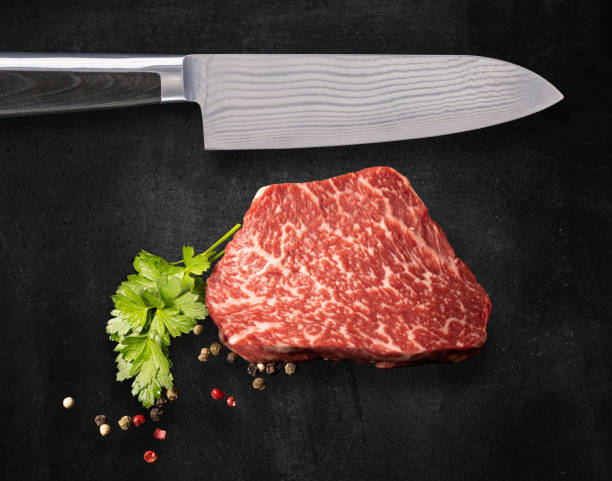
Assuming all steaks are the same 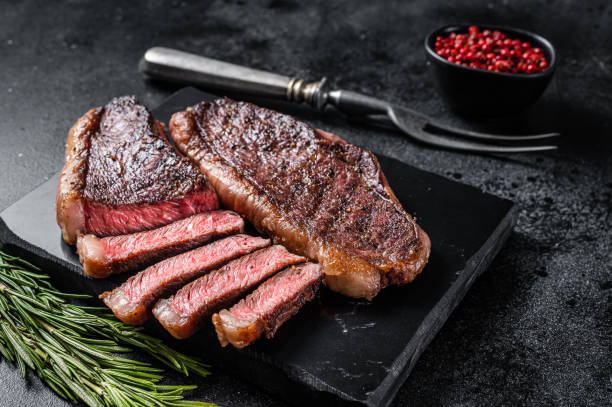
Assuming all steaks are the same -
It can be tempting to grab your steak straight from the fridge and start cooking on a hectic weeknight, but several chefs advise against this, saying that a good steak really shines when it has some time to come to room temperature. When cooking steak, Jamie Oliver advises spending a full hour on the counter because doing it at fridge temperature will prevent the meat from cooking evenly.
Experts agree with the suggestion, including Thomas Godfrey, chef and food operations manager at The Meat & Wine Co. in Sydney, who tells Steak School that cooking a room-temperature steak will not only result in a final product that is more evenly cooked but will also prevent the muscle fibers from tensing up, resulting in a more tender texture all around. Although these are strong arguments, other experts believe that this rule is nothing more than a fable. On his YouTube channel, barbecue guru Hank's True BBQ debunked this myth and advocated the reverse sear technique, which, according to J. Kenji López-Alt of Serious Eats (who also disapproves of bringing steaks to room temperature in a Cooking Light article), involves first cooking the steak in a low oven before browning it over high heat in a "ripping-hot" skillet or on a hot grill.
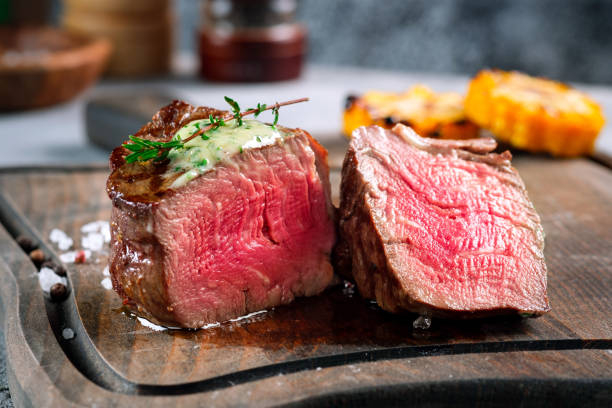
Cooking steak right out of the fridge 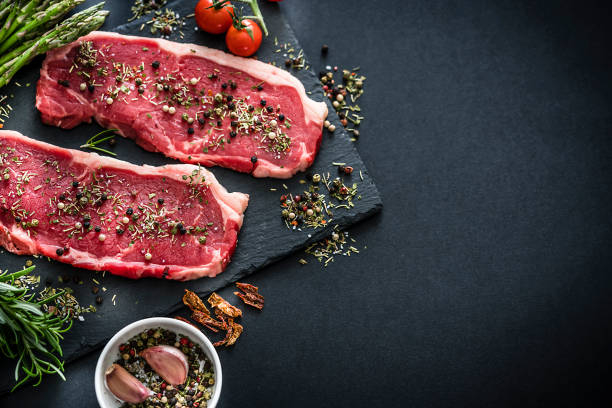
Cooking steak right out of the fridge -
The most mouthwatering contrasts can be found in the best steakhouse steaks. You know the one—the one with the gorgeously crisp, blackened skin and the juicy, sensitive interior. Your opponent in achieving the same flawless equilibrium at home is dampness. The Maillard reaction, which makes a charred steak so tasty, is sabotaged by water. The steak will steam rather than sear if there is any moisture left on the outside of it after you take it from the plastic or butcher paper, resulting in a crust that is much grayer and less crispy than you might have intended.
In fact, according to Cooking Light, how dry a steak is before it is placed in the pan is one of the most crucial aspects of cooking a perfect steak. Although using a paper towel to wipe the outside of the steak may seem little, the outlet claims that it is a crucial step in transforming a good steak into something spectacular.
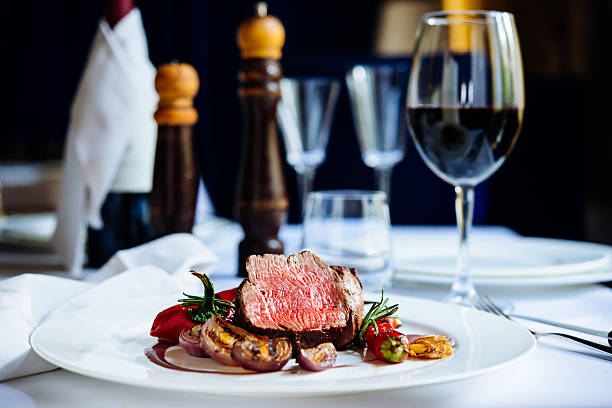
Neglecting to pat your steak dry before cooking it 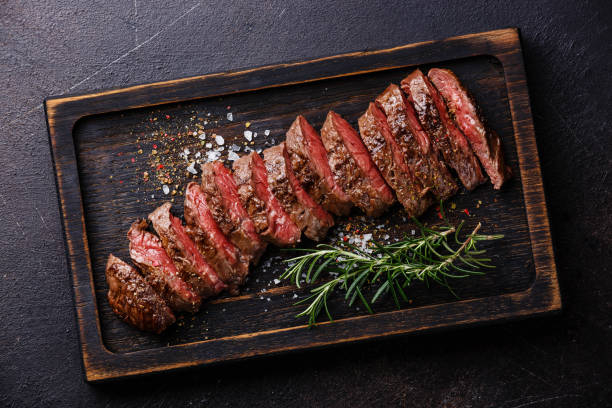
Neglecting to pat your steak dry before cooking it -
A truly excellent steak should be able to speak for itself; if you add too many conflicting flavors, the beef will be lost. There is absolutely nothing better than letting the natural flavors of the beef sing, in the words of Lachlan Graham, a fourth-generation cattle farmer from New South Wales, Australia (via Steak School). Once the steak has come out of the pan, add a little sprinkle of black pepper to the simple seasoning of olive oil and coarse salt. It might sound bold, but the LifeHacker gurus also advise separating the two seasonings that seem to go together without a hitch. Before and after cooking, seasoning the steak with salt and pepper prevents the meat from becoming bland and addresses the problem of the pepper burning in the hot skillet and turning bitter.
The Spruce Eats notes that adding pepper after the meat has been cooked creates a completely new issue because the pepper may fly off the surface of the meat. According to the source, you can avoid this issue by passing a pepper grinder around the table, but you can also season your steaks with pepper before cooking as long as you haven't previously observed a burnt flavor. In either case, avoid going beyond basic salt and pepper to avoid overpowering the flavor of the steak. Instead, repress the impulse to reach into the spice cabinet for other ingredients.
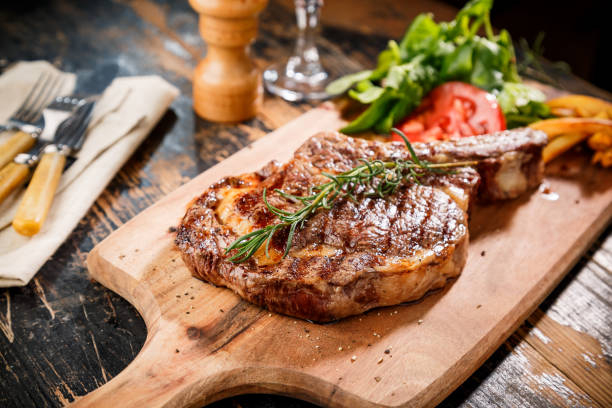
Over-seasoning your steak 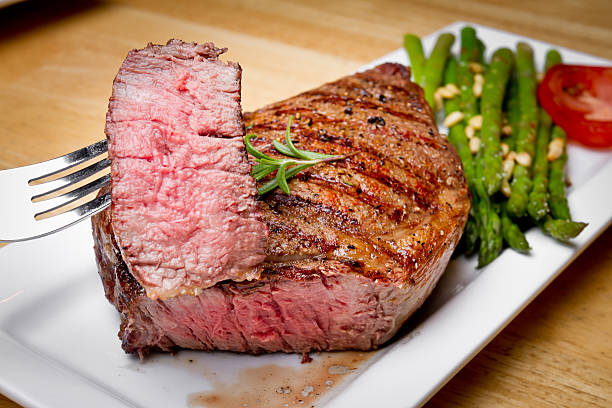
Over-seasoning your steak -
Less is more when it comes to the number of seasonings you select for your steak. But more is better, especially when it comes to salt! According to Bon Appétit, salt is the primary factor in why steaks from restaurants are frequently superior: According to the publication, many home cooks are averse to using the extreme quantity of salt required to properly bring out the best in a steak. Regarding the precise amount that should be used, Bon Appétit suggests a coating that makes the steak appear to be donning a skin-tight t-shirt — a completely illogical but evocative representation of what could seem to be a lot of salt.
According to The Spruce Eats, the surface of the steak needs to be nearly excessively salty to make up for the fact that the interior cannot be seasoned. The experts at Clover Meadows Beef advise using between 34 and 1 teaspoon per pound of beef, uniformly distributed on all sides, and preferably spread from up high, which allows for more level dusting if you require more direction than this lovely but maybe ambiguous metaphor can provide.
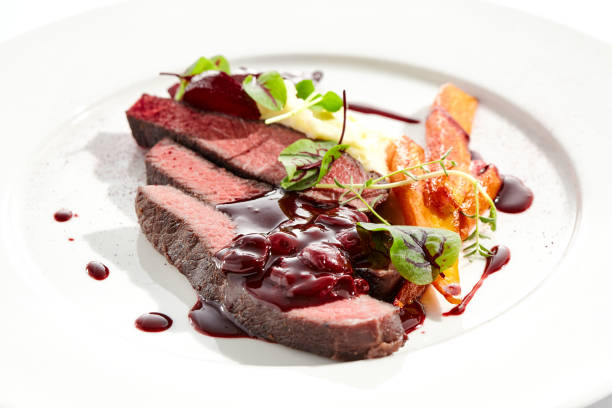
Under-seasoning your steak 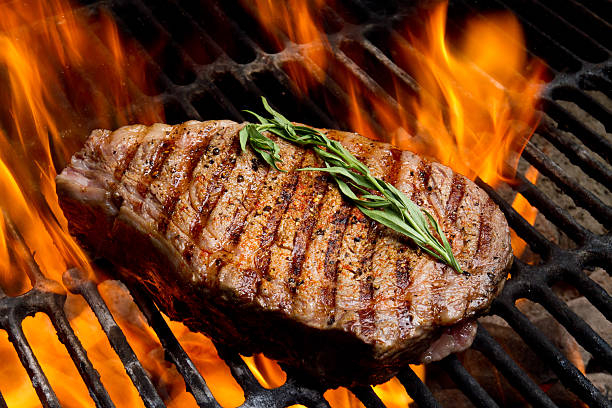
Under-seasoning your steak -
The first piece of the steak seasoning puzzle is how much salt you use. Just as important, if not more so, is the type of salt you use. After all, there are many different types of salt, including kosher salt, table salt, and flaky sea salt. Every form of salt has a certain use that is ideal for it. Kosher salt is the foundation of a wonderful steak, according to Bon Appétit, as the larger granules easily penetrate the raw steak's outer layer. Bon Appétit advises the second round of seasoning with the salt of the flakier sort, such as Maldon sea salt, after this first liberal seasoning and a hot sear. As the name "finishing salt" suggests, it should only be used after the steak has finished cooking.
If you want, you can use this as an opportunity to give the steak a little different flavor. According to Pete Balistreri, chef and vice president of Tender Greens Stores, using smoked or seasoned finishing salt provides your steak with a distinct advantage. To give your steak even more taste, think about using flaky salts flavored with herbes de Provence, coffee, or even black truffle!
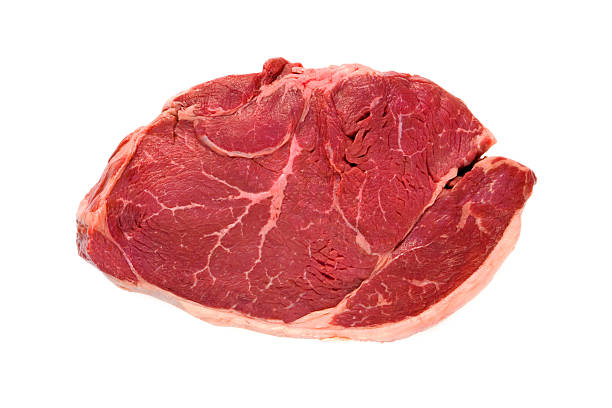
Seasoning with the wrong kind of salt 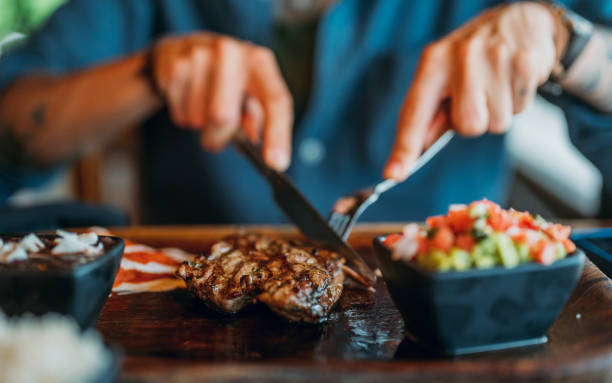
Seasoning with the wrong kind of salt -
When you season your steak is as crucial to how much you season it. Some chefs advise seasoning steak right before putting it in the pan because salt draws moisture out of the meat, making the outside layer damp and increasing the likelihood that the steak will steam rather than sear. And Thomas Godfrey, chef and food operations manager at The Meat & Wine Co in Sydney, tells Steak School that specifically with smaller steaks, salting too early can cause your meat to start curing, which makes it harder to get a lovely outer crust on it. Indeed, seasoning too far in advance may result in a drier steak overall, as The Spruce Eats points out.
However, according to other specialists, you can benefit from this peculiarity. According to Cooking Light, seasoning a steak at least 40 minutes before cooking will give it time to shed moisture and then reabsorb it, resulting in a dry exterior and seasoned interior. Seasoning a steak a full day in advance is even better. This in-depth article from Serious Eats on the science of seasoning steak is essential reading!
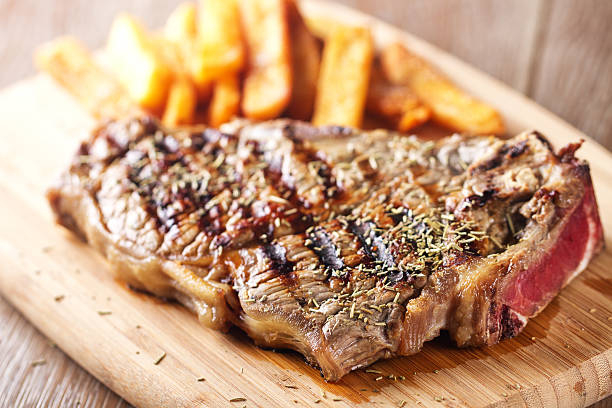
Seasoning the steak at the wrong time 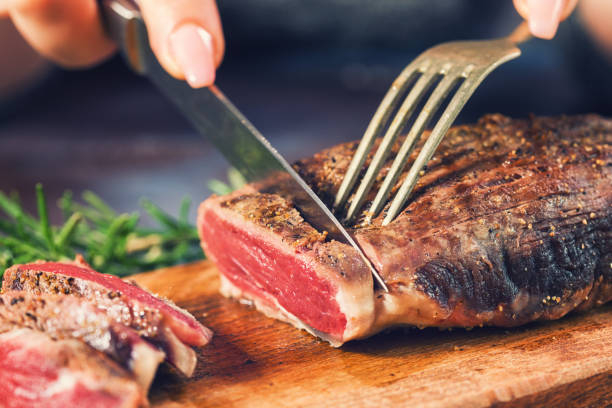
Seasoning the steak at the wrong time -
Although butter clearly enhances the flavor of steak, experts disagree that it is the greatest cooking fat. This is because butter has a relatively low smoke point, which is only 350 degrees Fahrenheit, according to Serious Eats (aka not nearly enough to get you that beautiful sear you crave). You are still only at 450 degrees even if you move on to clarified butter or ghee. Safflower oil has a smoke point of up to 510 F Celcius, making refined oil the finest choice for searing.
Beef tallow is another choice that increases the beefiness of your steak (via ByTable Foods). It has a comfortable medium-high to high heat, or 420 degrees, which is a little lower than the oil's smoke point. As a result, you might need to adjust the flame somewhat to make up for the taste that was added. Serious Eats advises adding butter to the meat after it has been seared, a minute or two before removing the steaks from the pan. By doing this, you may flavor the steak with butter without having to burn it.
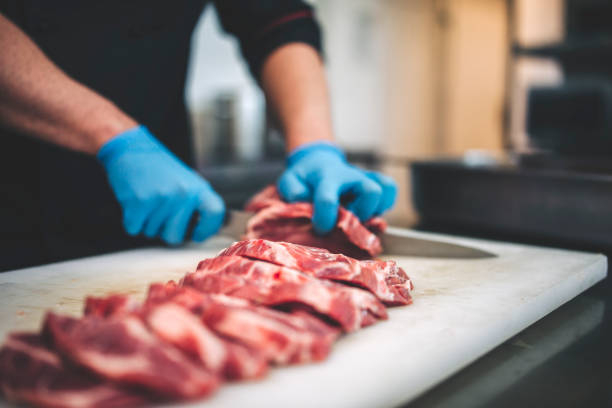
Cooking your steak in the wrong fat 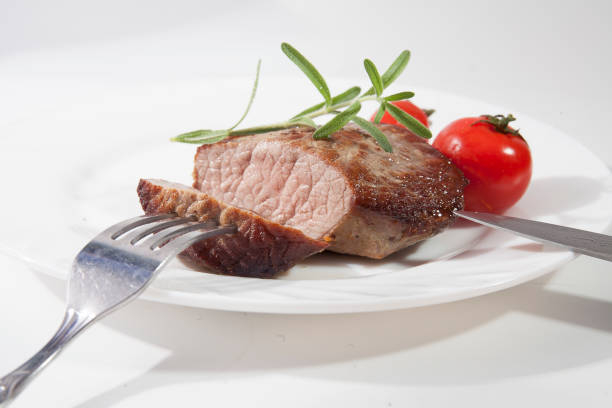
Cooking your steak in the wrong fat -
If choosing the right fat to cook a steak is such a contentious issue, it's mostly because the ideal steak requires cooking at a very high temperature. The majority of restaurants cook at such high temperatures that you might not be able to reproduce the dish at home without setting off the smoke alarm, according to cattle farmer Lachlan Graham, speaking to Steak School. However, because full blast is the in-thing right now, the flavor might be worth the noise.
The Spruce Eats concurs, saying it's crucial to bring your flame (or pan) to "the greatest heat you can generate". According to the publication, doing so will help your steaks cook through more quickly, resulting in a more delicate interior and a gorgeously browned exterior crust. A steak cooked at a lower temperature may have a dry interior and grey skin, which is hardly the most attractive steak.
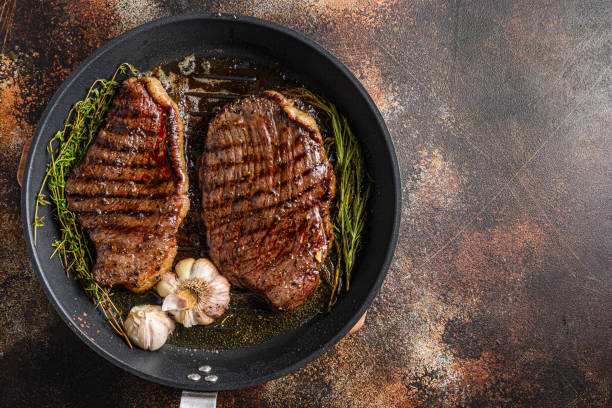
Cooking steak at too low a heat 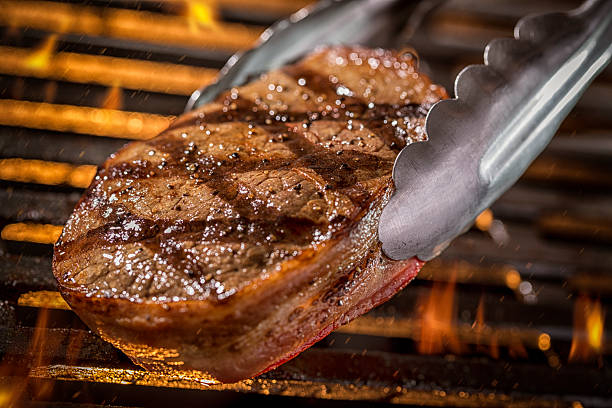
Cooking steak at too low a heat -
Is it a worse crime to cook a gorgeous, marbled piece of steak until it becomes as rough, dry, and gray as shoe leather? According to Jay Rayner's argument in a piece for The Guardian, selecting well-done steak is worse than having an incorrect culinary preference: It's a serious culinary offense. Regardless of your opinion of Rayner's admittedly judgmental position, the following are the facts for Jamie Oliver: Any steak cooked beyond medium will be rough. The experts at Napoleon explain that this is because the longer a steak is cooked over high heat, the more its natural collagen contracts, squeezing out the liquids and producing a steak that is as tender as an old pair of army boots.
Steak overcooking affects more than simply flavor. The National Institutes of Health claim that overcooking or cooking beef at high temperatures can result in the production of heterocyclic amines, a chemical known to cause cancer. It's recommended to err on the side of caution and cook your meat medium-rare.
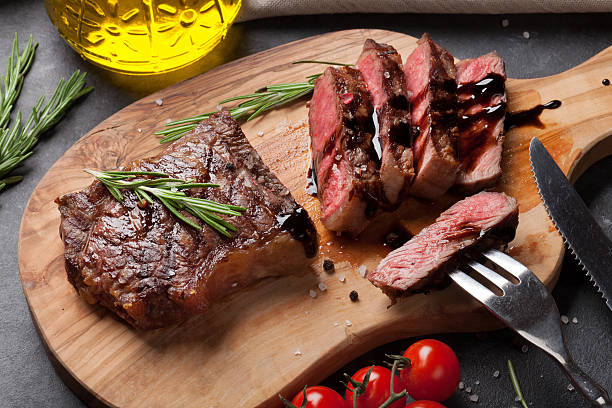
Overcooking your steak 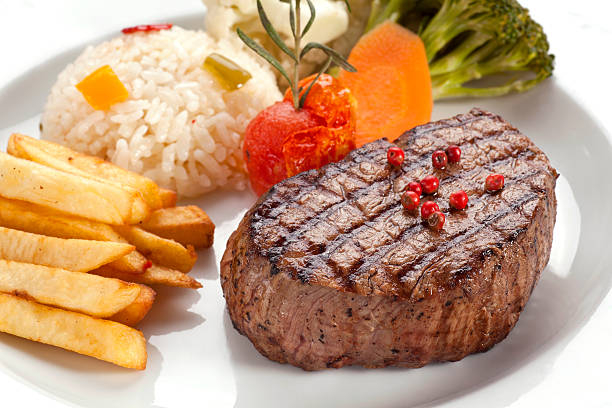
Overcooking your steak -
It may be tempting to cut into your steak to see if it's done because the ideal cooking temperature has so much on the line. It is not recommended by Serious Eats, but potentially for the opposite reasons to what you might expect. According to a common myth about the ideal steak, piercing or cutting into a steak with a fork or knife is foolish and would cause it to flow juices all over the place (juices you'd much prefer to have in your mouth than on the plate). Serious Eats, however, discovered that piercing the steak does not truly cause it to lose moisture after investigating the validity of this well-known myth.
However, precision is a more crucial concern when slicing into a steak to determine whether it is done. Because carryover cooking will raise the steak's temperature even after it has left the pan, the steak will appear much rarer in the pan than it will on the plate. Consider buying a digital thermometer, as recommended by Serious Eats, rather than cutting into it to determine whether it is done.
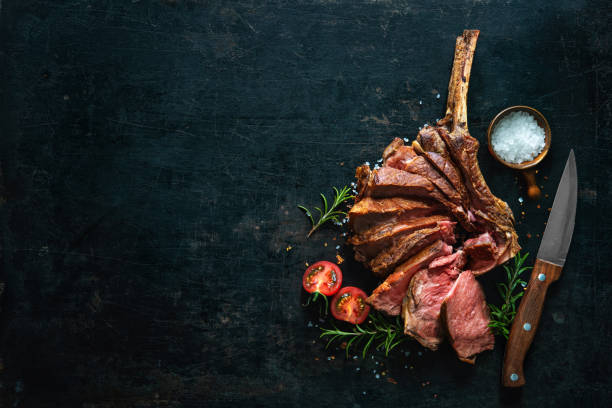
Cutting into steak to check its doneness 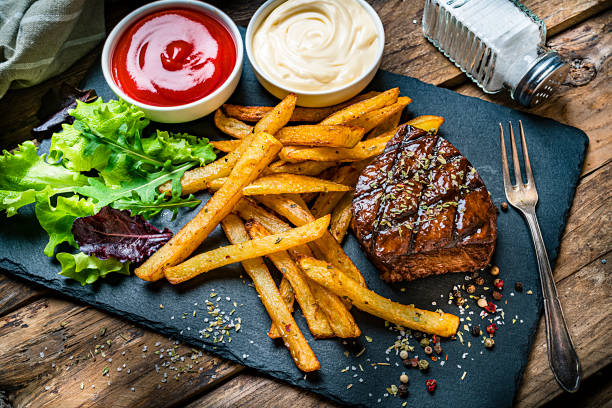
Cutting into steak to check its doneness -
It's time to remove that gorgeous, browned, shining steak from the pan because your diligence has paid off. Even though it might be all you can do to hold back, exercise restraint. In order to make the steak as soft and juicy as possible, it is crucial to let it rest after cooking. According to Serious Eats, when a steak rests, the muscular fibers that had tightened during the cooking process loosen up, allowing them to hold onto more liquid.
The publication conducted tests and discovered that, when compared to a steak cut into immediately after it comes out of the pan, a steak that has rested for just five minutes boasts a world of difference in terms of juiciness. Better yet, if you can hold out for ten. Naturally, throughout that period of resting, the steak is also continuing to cook, so you must modify the amount of time you cook it. According to Certified Angus Beef, the temperature of the steak will rise by around 5 degrees as it rests, so it's crucial to cut it when it's just a little underdone for the best outcome.
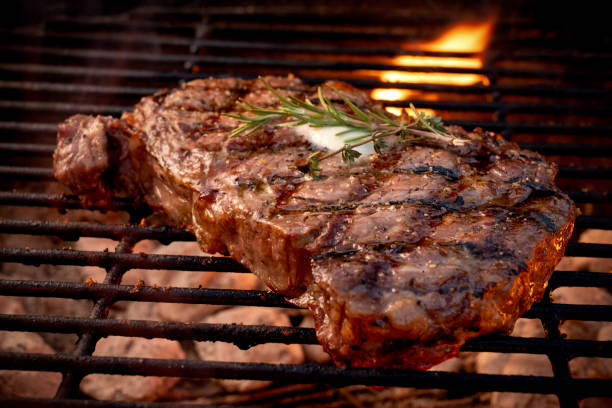
Not resting the steak before slicing and serving 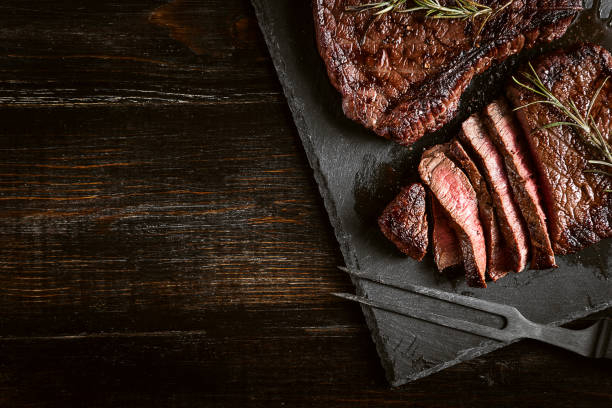
Not resting the steak before slicing and serving -
You have one more chance to add flavor while your steak is resting. Use those mouthwatering pan drippings to make the ideal sauce rather than scrubbing the pan. You can pull up all of that crispy, caramelized fond and transform it into a fantastic sauce to spread over your properly seasoned and cooked steak by adding liquid to deglaze your skillet.
Serious Eats claims that pan sauces can be as simple or as sophisticated as the cook desires. Simply add beef stock or water to the pan and simmer the liquid over low heat for a quick remedy. The result is pan sauce after emulsifying in a knob of butter. You might also start with a base of aromatics, such as shallot, onion, or garlic, which will cook in the leftover fat and provide even more flavor if you're prepared to allow things to get even a little bit more complicated. A combination of liquids, starting with wine (ideal for deglazing) or cognac (ideally flambéed to boil out the excess alcohol), and finishing with cream, will produce a delectable, creamy sauce that is difficult to resist.
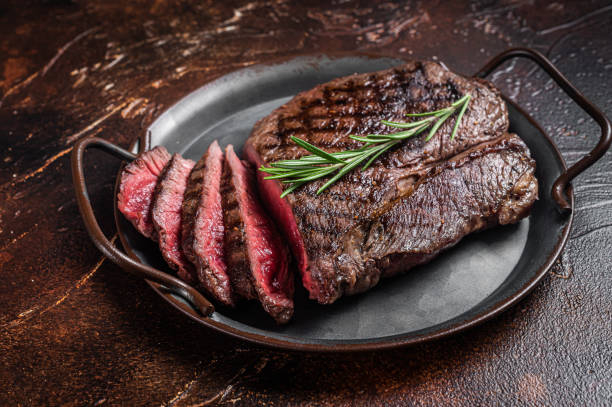
Not taking advantage of pan drippings 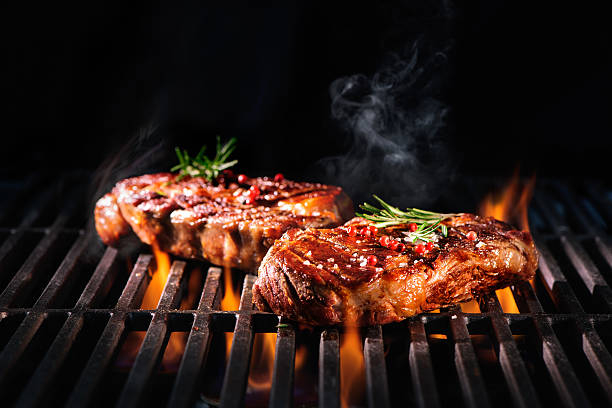
Not taking advantage of pan drippings















